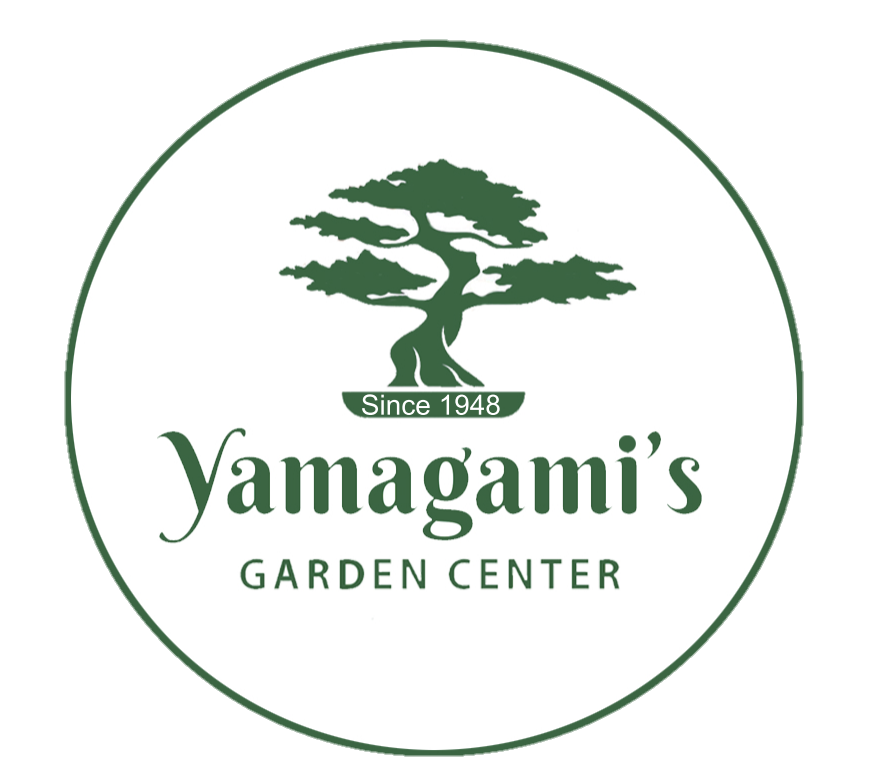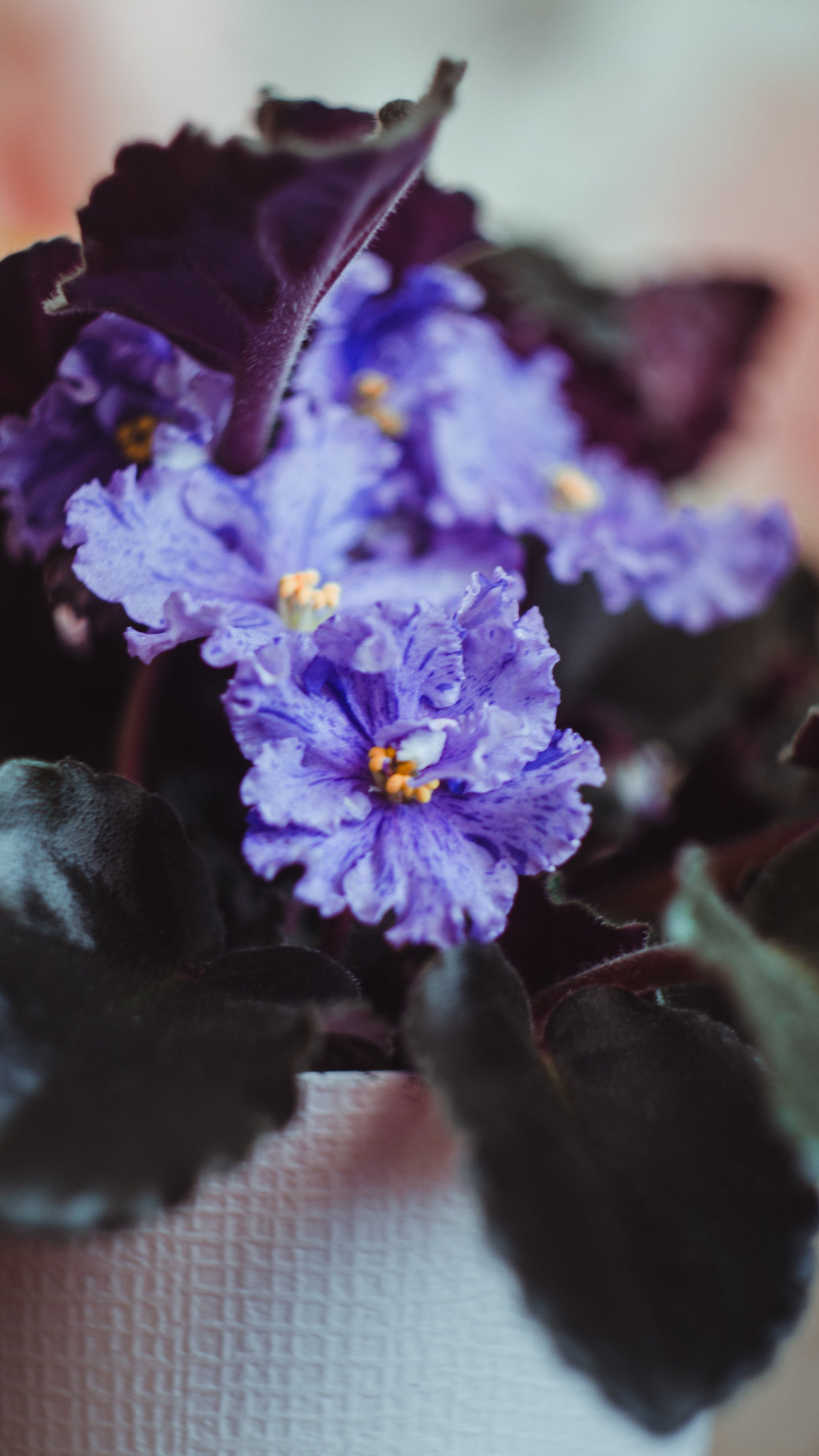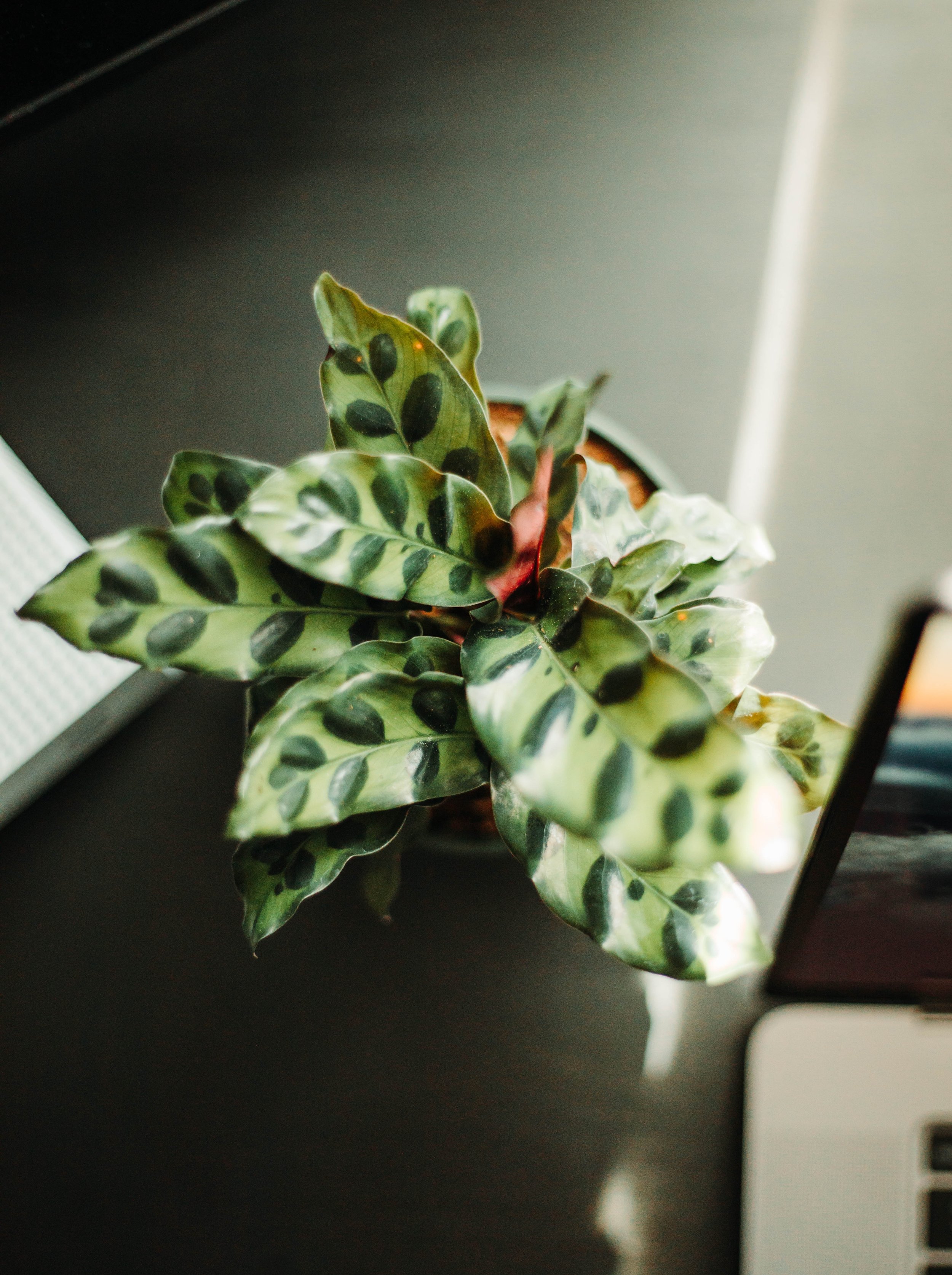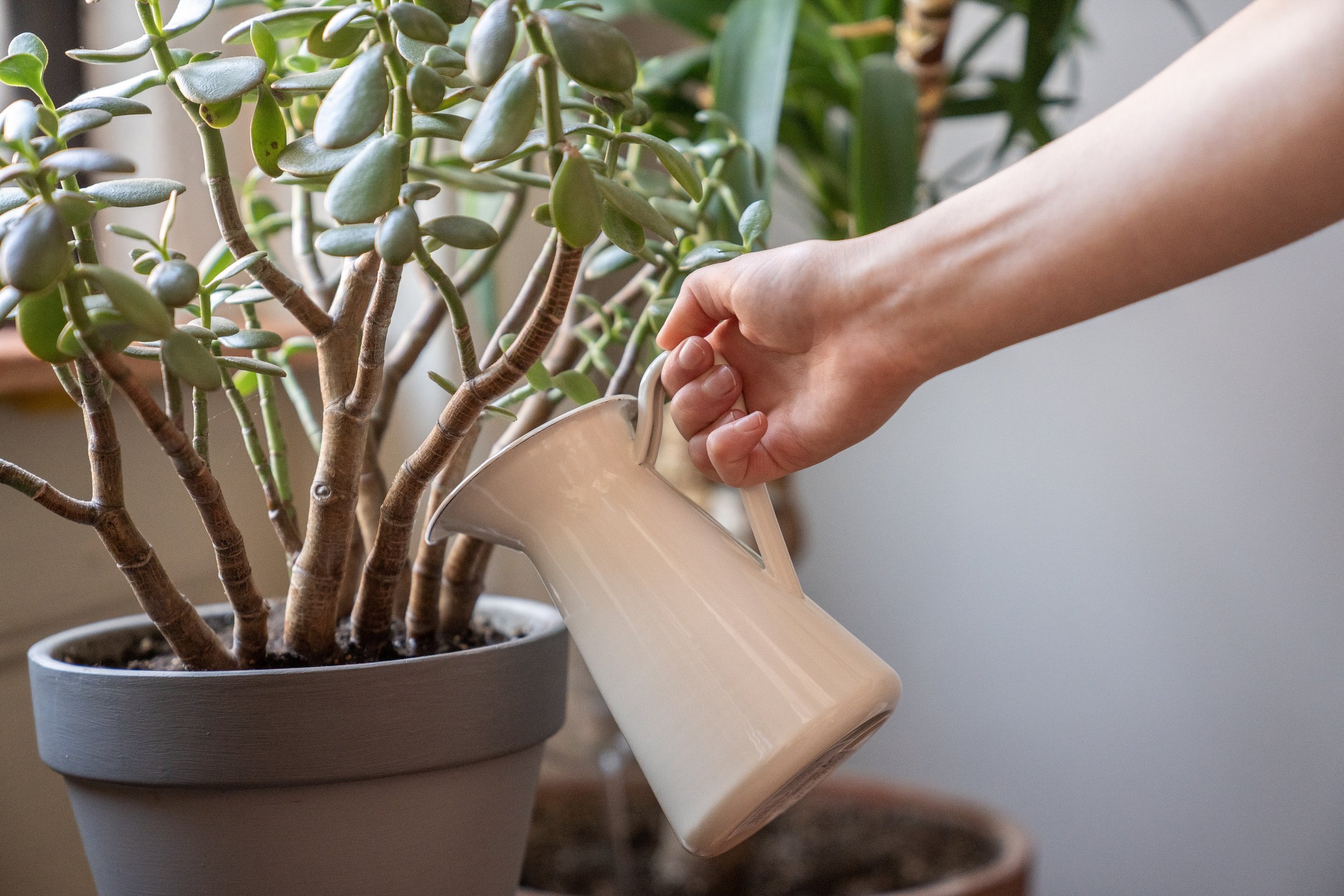Pet-friendly & not-so-friendly Plants
Our pets are family.
And for many of us, plants also come pretty doggone close.
As we welcome the fall season and start to work our way indoors towards all things cozy and peaceful, it’s time to think about a flora and fauna type of existence.
Pets and plants can co-exist, but it’s up to us to find safe plants for our four-legged household members. If ingested, some plants can be toxic to dogs and cats. Before you say, “but they would never eat my plants,” you might not want to risk it.
If you already have plants that are on the toxic list below, be sure to keep them way out of reach of your pets – especially your nimble felines.
(Word of caution: Even plants that are considered nontoxic may cause mild gastrointestinal issues for your pets if they ingest any part of a plant. Keep a close eye on your pets to ensure that they take their chompers elsewhere and not on your plants.)
Here are some pet-friendly houseplants that come in peace:
AFRICAN VIOLET (Saintpaulia ionantha)
The African Violet is an indoor blooming beauty that is safe for pets.
As tropical plants, they prefer humid conditions. Keep them happy in the dry months of winter by placing them on top of a pebble-lined saucer filled with water. African violets bloom year-round, so fertilize them regularly.
Air plant (Tillandsia)
Air plants are not only low-maintenance (they don’t even require soil!) and just so cool-looking, but they’re also safe for pets that accidentally take a nibble.
Air plants prefer indirect light and humid conditions, making this the perfect plant to adorn your bathroom.
BIRD’S NEST FERN (Asplenium nidus)
Another plant that will beautify your bathroom is the Bird’s Nest Fern. It’ll love it in there. The low light and humidity provide perfect growing conditions for this plant.
Non-toxic to pets, this fern needs fast-draining soil and a thorough drink whenever the top of the soil is dry.
BOSTON FERN (Nephrolepis exaltata)
Another pet-friendly fern, the Boston Fern provides lots of lushness to a space. To add some great eye-catching texture and shapes, you can hang it up or place it in a corner that receives bright, indirect light.
CAST IRON PLANT (Aspidistra elatior)
If your pets are already a handful and you want a low-maintenance plant, the Cast Iron Plant is it.
You won’t have to sweat it with the Cast Iron around. It’s safe for pets, and it will require very little of you. It doesn’t mind low light, erratic temperatures, and even if you forget to water it sometimes.
PALMS (Arecaceae)
Palms have an effortless way of transporting us to exotic locations. The Bamboo Palm (Chamaedorea seifrizii), Parlor Palm (Chamaedorea elegans), and Ponytail Palm (Beaucarnea recurvata) are a few that are safe for pets if any part of the plants gets ingested.
Steer clear of the Sago Palm (Cycas revoluta) as it is toxic to pets.
We carry the ideal soil for palms, perfect for in-ground or container planting.
PRAYER PLANT (Maranta leuconeura)
The mesmerizing coloration and pattern of the Prayer Plant will bring any owner to their knees – in gratitude that such a beautiful plant is non-toxic to their beloved pets.
Most Prayer Plants prefer fast-draining soil and bright, indirect sunlight.
RATTLESNAKE PLANT (Goeppertia insignia)
Ever wonder if snakes and your fur babies can co-exist? They can! These Rattlesnake Plants don’t bite.
Rattlesnakes prefer fast-draining soil and low light. Water them only when the top of the soil feels dry.
SPIDER PLANT (Chlorophytum comosum)
You can relax your spidey sense because Spider Plants play nicely with pets. They’re pet-friendly and resilient.
Keep your Spider Plant in bright, indirect light, and watch the adorable little spider babies pop up!
COMMON PLANTS THAT ARE TOXIC TO PETS
If only all plants were pet-friendly.
It’s inevitable that our pets will come across toxic plants. This list will help you to know which plants to be wary of and the symptoms that your pet may show if they ingest them.
If you already have some of these pet-unfriendly plants at home, you can always place them in a closed-off room or hang them up where they’re out of reach.
Aloe (Aloe barbadensis miller)
Often used for summer sunburns and displayed for its beauty, aloe isn’t so good for your pets.
Symptoms if ingested: diarrhea, lethargy, vomiting
Chrysanthemum (Dendranthema grandiflora)
Chrysanthemums and fall go hand in hand. Not so much for your pets, unfortunately.
Symptoms if ingested: diarrhea, vomiting, excessive drooling, loss of coordination
Lilies (lilium)
Their fragrance and beauty are entrancing, but lilies are one of the most toxic plants for pets. Ingesting even the slightest amount of pollen can cause kidney failure or worse.
Philodendron, Pothos (Epipremnum aureum) & Snake Plant (Sansevieria trifasciata)
It’s hard not to love the elegance and resiliency of philodendrons, pothos, and snake plants. Unfortunately, they can harm pets with their high levels of calcium oxalate crystals.
Symptoms if ingested: mouth burns, excessive drooling, vomiting
Jade Plant (Crassula ovata)
A favorite among succulent lovers, the Jade Plant has irresistible fleshy leaves and a tree-like appearance. While the Jade Plant is considered lucky among humans, it’s not the case with pets if ingested.
Symptoms if ingested: depression, dizziness, vomiting
Hyacinth (Hyacinthus orientalis), Iris & Tulip (tulipa)
With bulbs fresh in stock, the thought of not having these gorgeous flowers in your spring garden may be torture. All parts of these plants, though, are toxic — especially the bulbs themselves.
Consider planting them in containers and placing them out of your pets’ reach or fencing off your flower bed.
Symptoms if ingested: Mouth burns, diarrhea, excessive drooling, severe vomiting
SAGO PALM (Cycas revoluta)
Although Sago Palms are beautiful and exotic, they are highly toxic to pets. All parts of this palm are toxic. Be sure your furry loved ones steer clear of this one!
Symptoms if ingested: Severe liver failure or worse
For a complete list of toxic and non-toxic plants, visit the Animal Poison Control Center (APCC) for more information.

















